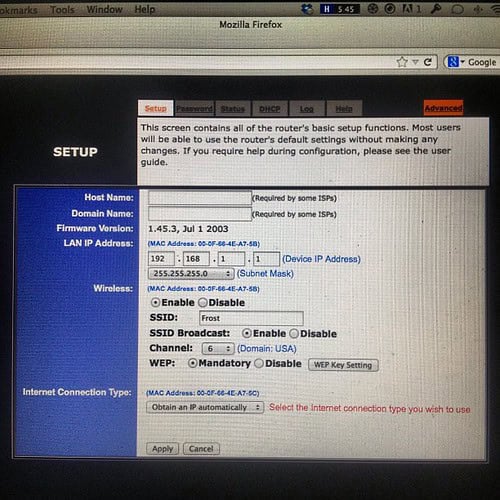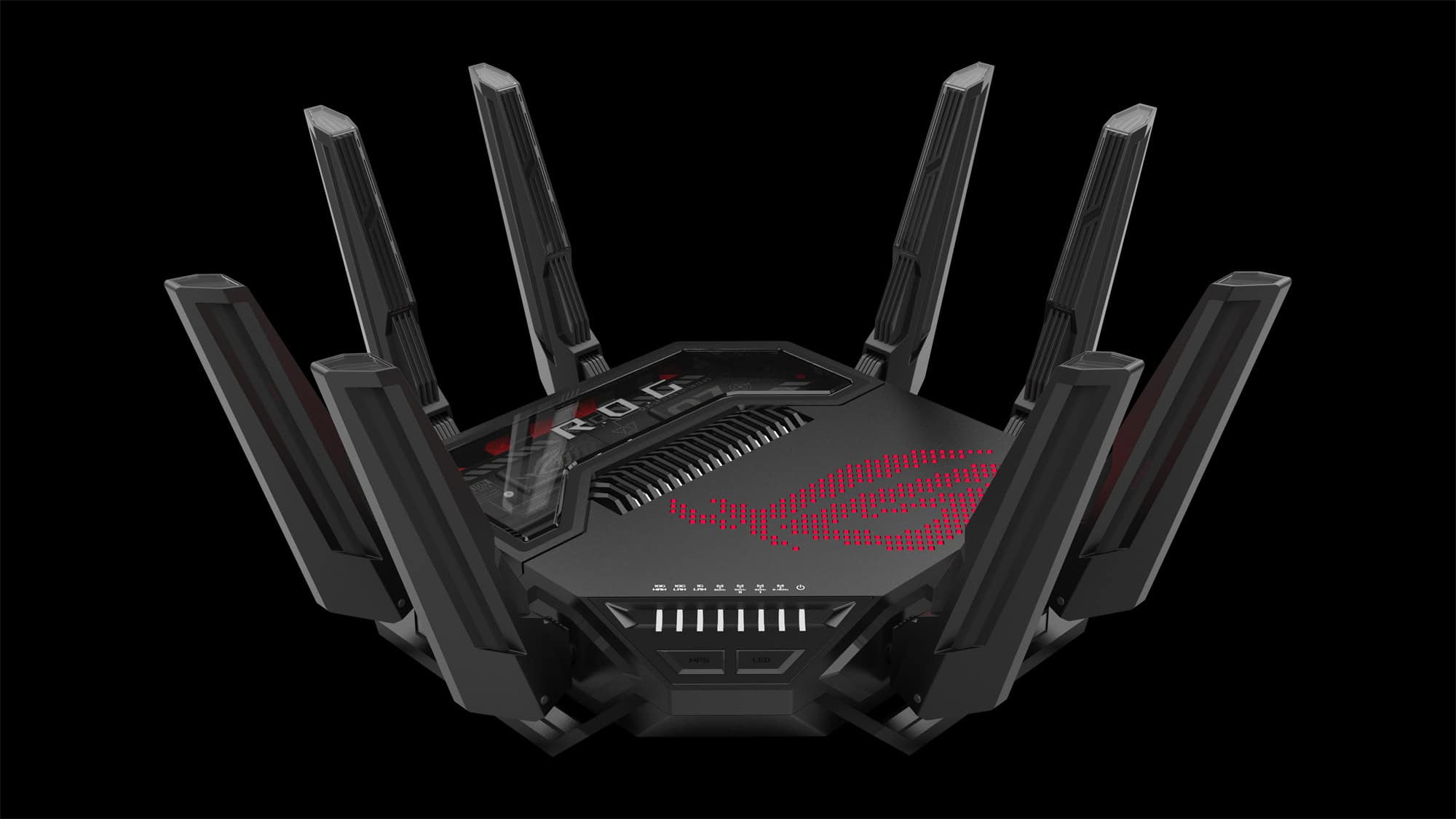Accessing a router’s settings is important for keeping your network secure and managing it effectively. If devices on your network can’t connect to the internet, the router is usually the first thing to check. Problems accessing the router can stop internet service, hinder network management, and create security risks. It’s crucial to fix these issues quickly.
Routers connect your home devices to the internet, so understanding how to access their settings is key. If you can’t reach your router’s settings, it may be due to an incorrect IP address, outdated firmware, or connection problems. To resolve these issues, check the router’s IP address, update the firmware, and make sure your device’s network settings match the router’s configuration.
Troubleshooting Router Access

Common Router Login Problems
Getting into your router’s settings is important for managing your network. But sometimes, you can’t seem to access the login page. This can be frustrating, but it’s often a simple fix. Let’s look at some of the usual suspects.
Incorrect IP Address
Routers have their own IP address, different from your computer’s. Typing the wrong address is a frequent issue. Often, it’s 192.168.1.1 or 192.168.0.1, but it varies. Check your router’s documentation or look for a sticker on the device itself. You can also find it in your computer’s network settings. In Windows, open Command Prompt and type “ipconfig”. The “Default Gateway” is your router’s address. On a Mac, go to System Preferences > Network, select your Wi-Fi, and click “Advanced”. Then, go to the TCP/IP tab to see the Router address.
Wrong Username or Password
Many routers use default usernames and passwords, like “admin” for both. These are not secure. If you’ve never changed them, try the defaults. If you have changed them but forgot them, you might need to reset your router. This will erase all your settings, so you’ll have to set it up again. Look for a small reset button, usually recessed, and hold it down for about 10 seconds.
Browser Issues
Sometimes, your browser can cause problems. Try a different browser, like Chrome, Firefox, or Edge. Clear your browser’s cache and cookies. An outdated browser can also lead to compatibility problems. Make sure you have the latest version.
Connection Problems
A bad network connection can stop you from accessing the router page. Make sure you’re connected to the router’s Wi-Fi network or connected with an ethernet cable. Restart your computer and your router. Unplug the router, wait 30 seconds, and plug it back in.
Firmware Issues
Outdated router firmware can sometimes cause access issues. Check your router manufacturer’s website for firmware updates. Updating the firmware can fix bugs and improve performance.
Troubleshooting Table
| Problem | Solution |
|---|---|
| Incorrect IP Address | Check router documentation or network settings. |
| Wrong Credentials | Try default credentials or reset the router. |
| Browser Problems | Try a different browser, clear cache, update browser. |
| Connection Issues | Check connection, restart devices. |
| Firmware Issues | Check for and install firmware updates. |
Router Reset Steps
- Locate the reset button (usually on the back).
- Use a paperclip or pin to press and hold the button for 10-30 seconds.
- Release the button.
- Wait for the router to restart.
- Reconnect to the router’s network.
- Set up the router again with your desired settings.
Security Best Practices
After you get into your router, change the default username and password. Use a strong password that is difficult to guess. Regularly check for firmware updates to keep your router secure.
Key Takeaways
- Access to router settings is essential for handling internet and network issues.
- Routers are central to network functionality and require regular maintenance.
- Common access issues include incorrect IP addresses, outdated firmware, or connection errors.
Understanding Router Configuration Access
Knowing how to access and adjust your router’s settings is key. It allows you to manage your home network and resolve connection problems.
Initial Setup and Common Access Methods
For a new router, the setup process starts by connecting to a modem. You can use an ethernet cable for this. To access the router’s settings, open a web browser and type in the router’s IP address. Often, this is something like 192.168.1.1. Then enter your default username and password to log in.
Troubleshooting Access Issues
If you can’t reach your router’s login page, check the connections first. Make sure your device is connected to the Wi-Fi network or linked to the router via an ethernet cable. If you’re still stuck, try using another device like a different PC, phone, or tablet.
Network and Hardware Challenges
Sometimes issues are tied to older routers or outdated firmware. For Wi-Fi troubles, consider changing the channel or the band to reduce interference. Hardware problems might involve faulty RAM or a worn-out modem. If the router takes too long to boot up, a clean start or a reset may help.
Advanced Resolution Strategies
Diving deeper, you can try accessing your router’s settings using different web browsers. Internet Explorer or Edge might work when Chrome does not. Also, check your PC’s adapter settings and ensure your ethernet or Wi-Fi connection is active.
Consulting Technical Support
If you’ve tried all else, reaching out for help is a good step. This could be calling the service provider or the router brand’s support line. They can help with issues like lost passwords or configuration errors. Be ready to explain the steps you’ve already taken.







